This 1830 map of the Arabian Peninsula, Egypt, and Nubia, published by Daniel Lizars in Edinburgh, provides a captivating representation of these regions at a time of nascent exploration and understanding. The map exhibits great detail along the western coast of the Red Sea and within Egypt and Nubia. It also plots two routes taken by Persian Caravans across the Arabian Peninsula, offering an intriguing snapshot of historical trade routes.
Crafted during a period of burgeoning interest in the Arab world among Europeans, Lizars's map reflects the growing body of knowledge about these regions. The depiction of the Arabian Peninsula, Egypt, and Nubia reflects both geographical knowledge derived from trade and exploration, and the geopolitical realities of the era.
The map is noteworthy for its early naming of certain locations that are now prominent Middle Eastern nations. Kuwait is labeled as "Koueit or Groen", Qatar as "Catura", and the region now known as the United Arab Emirates is referred to as "Mascalat and Julfar". These early labels provide a fascinating insight into the evolving Western understanding and nomenclature of these areas.
Daniel Lizars's 1830 map of the Arabian Peninsula, Egypt, and Nubia, is more than a geographical depiction. It's an artifact that encapsulates a period of exploration and discovery. Its detailed rendition of locations and trade routes offer a visual narrative of the historical dynamics of trade, exploration, and geopolitical understanding, thereby providing a multidimensional perspective on these regions during the early 19th century.
The Lizars were a Scottish family of engravers and printers who produced many views and maps. Daniel Lizars Sr. (1754-1812) was the son of a shoemaker, but he apprenticed with Andrew Bell, a printer and engraver. Lizars set up his own printworks near St. Giles Cathedral and took on his own apprentices, including George Bartholomew, whose son John would go on to found the important mapmaking firm later know as John Bartholomew & Son Ltd.
Daniel Sr. had three sons: Daniel Jr., John, and William Home. He also had a daughter, Jane Home. Daniel Jr. (1793-1875), the youngest of the boys, apprenticed in his father’s shop alongside George Bartholomew. When his father died in 1812, Daniel Jr. took over much of the business, expanding it and specializing in maps. The company went bankrupt in 1832, however, and Daniel emigrated to Canada.
John Lizars (1792-1860), the middle son, studied medicine and became Professor of Surgery at the Royal College of Surgeons of Edinburgh, as well as senior surgeon at the Royal Infirmary of Edinburgh.
William Home Lizars (1788-1859), the eldest, also apprenticed in his father’s shop. After learning engraving, William entered the Trustees’ Academy to learn under John Graham. He was a skilled painter and artist. When his father died, and after his Daniel Jr. left, he carried on printing and invented a method of etching that looks like wood engraving.









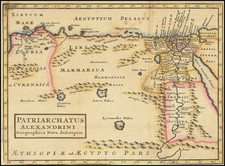
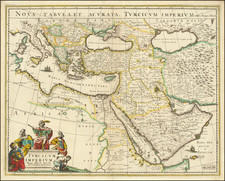
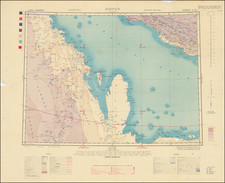
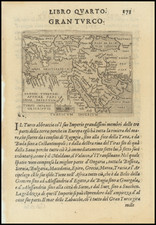
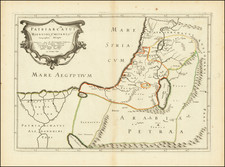
![[ Promised Lands to the Bordes of Elam or Persia ] Vorstellung der Gegenden zwischen dem gelobten Land und den Grenzen von Elam oder Persien, wie sie in den alten Zeiten bekannt gewesen.](https://storage.googleapis.com/raremaps/img/small/94693.jpg)